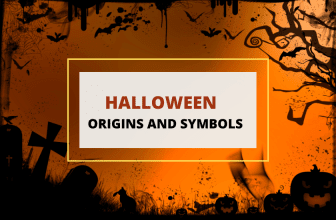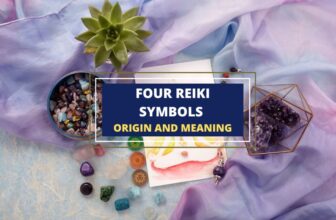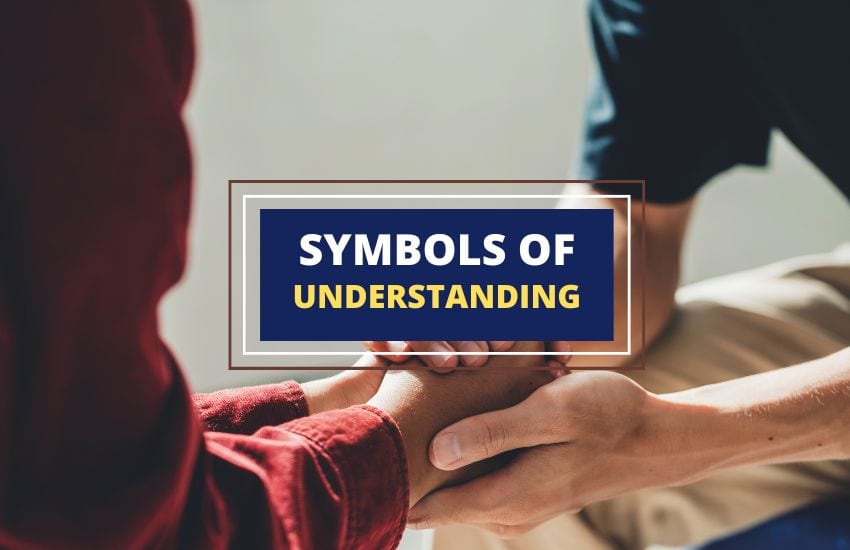
Table of Contents
Since ancient times, humans have tried to understand the world. This article will explore 19 symbols of understanding, from the ancient yin and yang symbol to the modern-day infinity loop.
Each symbol has a rich history and a unique meaning that can help us better understand ourselves, others, and the world around us.
1. Lightbulb

The lightbulb is a universal symbol of understanding, representing the moment when a concept or idea is illuminated in one’s mind. In many cultures, the lightbulb is a metaphor for knowledge and enlightenment, symbolizing bringing light to the darkness of ignorance.
The invention of the lightbulb by Thomas Edison in 1879 marked a turning point in human history, paving the way for new technologies and ways of thinking. Edison’s lightbulb was not just a new light source but a symbol of progress, innovation, and enlightenment.
Today, the lightbulb remains a powerful symbol in popular culture, frequently used in advertisements, logos, and educational materials. The image of a lightbulb turning on above a person’s head is a common visual shorthand for the moment of understanding or inspiration.
2. Handshake

The handshake is a universal symbol of understanding and agreement, representing mutual recognition and respect between two people. Shaking hands dates back to ancient times, a sign of peaceful intentions and a way to demonstrate that one was not holding a weapon.
The handshake remains an important part of business and social interactions in many cultures worldwide. The handshake can convey various meanings, from cordial greetings to formal agreements. It is often used to symbolize trust, respect, and goodwill.
In some cultures, the handshake accompanies other gestures, such as bowing or exchanging gifts. In Japan, for example, a formal greeting involves a bow and the exchange of business cards, while in some African cultures, handshakes are often followed by hugging or touching the arms.
3. Bridge

The bridge is a powerful symbol of understanding, representing the ability to connect people and places that were once separated. Bridges have been a part of human civilization for thousands of years and have played a vital role in developing trade, travel, and communication.
Bridges can be found in various cultural contexts and have been used to symbolize everything from unity and harmony to challenge and transformation. In Chinese culture, bridges are associated with good luck and prosperity.
In Hindu mythology, the bridge built by Lord Rama to cross the ocean symbolizes the power of faith and determination.
4. Compass

The compass symbolizes understanding, representing the ability to find direction and navigate unfamiliar territory. The compass has a long and rich history, dating back to ancient China, where it was used for divination and geomancy.
Today, the compass remains an important tool for navigation and exploration, and it is a powerful symbol of the human hunger for understanding.
The compass can be found in various cultural contexts, from Norse mythology to the symbolism of the Freemasons.
5. Key

The key symbolizes understanding, representing the power to unlock knowledge and reveal hidden truths. Keys have been used throughout history in various cultural contexts, from ancient Egypt to medieval Europe.
In many cultures, the key symbolizes power and authority, representing the ability to control access to knowledge or resources. In Christianity, for example, the keys to the kingdom of heaven were given to St. Peter, symbolizing his authority as the first pope.
The key can also represent the journey of self-discovery and personal growth. In alchemy, the key symbolizes the philosopher’s stone, representing the attainment of spiritual enlightenment.
6. Maze

The maze is a complex and intricate symbol of understanding, representing the journey of self-discovery and the search for knowledge. Mazes have been used for thousands of years in various cultures worldwide, from ancient Greece to medieval Europe.
In many cultures, the maze represents the quest for knowledge and enlightenment. In Greek mythology, the maze is associated with the story of Theseus and the Minotaur, symbolizing the hero’s journey through the labyrinth of the mind.
In many cultures, the maze is used as a meditation and self-reflection tool, helping individuals navigate their inner landscape and better understand themselves.
7. Map

Maps are a powerful symbol of understanding, representing the human desire to explore and chart the world around us. Maps have been used throughout history to navigate unfamiliar terrain, establish trade routes, and document the boundaries of empires.
In many cultures, maps represent a journey of self-discovery and personal growth. In Hindu mythology, for example, the god Vishnu is depicted holding a map of the universe, symbolizing the search for spiritual understanding.
8. Owl

Owls have been a symbol of understanding and wisdom in various cultures throughout history, representing the ability to see beyond the surface and perceive the hidden truths of the world.
Owls have been associated with knowledge and learning since ancient times. Many cultures consider them sacred, including the Greeks and Native Americans.
The owl represents the quest for knowledge and spiritual enlightenment in many cultures. In Hindu mythology, for example, the goddess Lakshmi is often depicted riding an owl, symbolizing the pursuit of wisdom and the search for deeper understanding.
Owls can also symbolize the power of intuition and the ability to see what others cannot. In many cultures, owls are associated with psychic ability and the gift of prophecy.
9. Peace Sign

The peace sign is a universal symbol of understanding, representing the human desire for peace and harmony. The peace sign was first created in the 1950s as a symbol of the anti-war movement, and it became a symbol of a counterculture movement of the 1960s.
Today, the peace sign remains an important symbol of understanding and unity, and it can be found in various cultural contexts worldwide. In Hinduism, for example, the peace sign is associated with the mantra “Om shanti,” which means “peace be with you.”
The peace sign can also represent the power of nonviolent protest and the ability to effect change peacefully. In 1969, John Lennon and Yoko Ono famously staged a “bed-in for peace” in Amsterdam, using the peace sign as a symbol of their message.
10. Venn Diagram

The Venn diagram symbolizes understanding, representing the interconnectedness and overlap of different concepts and ideas. The Venn diagram was first introduced by John Venn in the late 19th century to visualize the relationships between data sets.
Today, the Venn diagram is widely used in various contexts, from science and mathematics to business and marketing. The diagram can represent the intersection of different cultures, ideas, and perspectives, highlighting their common ground.
In many cultures, the Venn diagram represents the interconnectedness of all things and the underlying unity between them. In Hinduism, for example, “Advaita” refers to the idea that all things are connected and ultimately one.
11. Infinity Symbol

The infinity symbol represents understanding, the eternal nature of human knowledge, and the infinite possibilities that lie before us. The infinity symbol has a long history and was used both by Egyptians and Greeks.
In many cultures, the infinity symbol represents the idea of life’s cyclical nature. In Hinduism, the infinity symbol is associated with “samsara,” the cycle of birth and rebirth.
The infinity symbol can also represent the idea of endless possibility and the boundless potential of the human spirit. In mathematics, the symbol is used to represent infinity or a number that is larger than any finite number.
12. Maori’s Hongi

The Maori’s Hongi is a traditional greeting and symbol of understanding, representing the exchange of breath and the sharing of life force between two people. The Hongi is a sacred practice in Maori culture and is often used to establish connections and build relationships.
The Hongi involves pressing noses and foreheads together, followed by the exchange of breath. The practice symbolizes the connection between two people and the sharing of life force, or “mauri.”
13. Aztec’s Telpochcalli
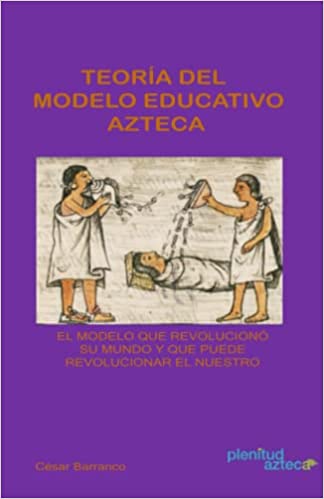
The Aztec Telpochcalli was a type of school and a symbol of understanding, representing the importance of education and the pursuit of knowledge in Aztec culture. The Telpochcalli was where young boys were trained in various skills, including military training, agriculture, and crafts.
In addition to practical skills, the Telpochcalli emphasized the importance of cultural knowledge and spiritual understanding. Students were taught about Aztec mythology, religion, and the importance of community and social responsibility.
14. Inca’s Mita
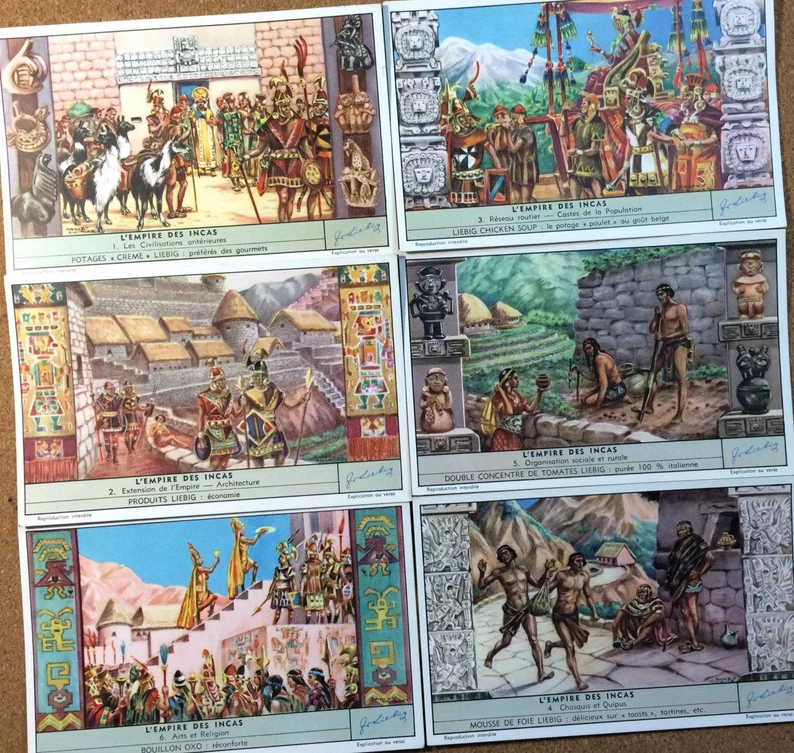
The Inca’s Mita was a system of labor and a symbol of understanding, representing the importance of collaborative work and the sharing of resources in Inca culture.
The Mita system required all non-disabled individuals to contribute a certain amount of labor to the community each year, used for various public works projects, such as constructing roads and buildings.
The Mita system was a powerful symbol of the Inca people’s commitment to the common good and the importance of working together to benefit all. It also served as a way to distribute resources and ensure everyone had access to basic necessities.
15. Buddhism’s Noble Eightfold Path
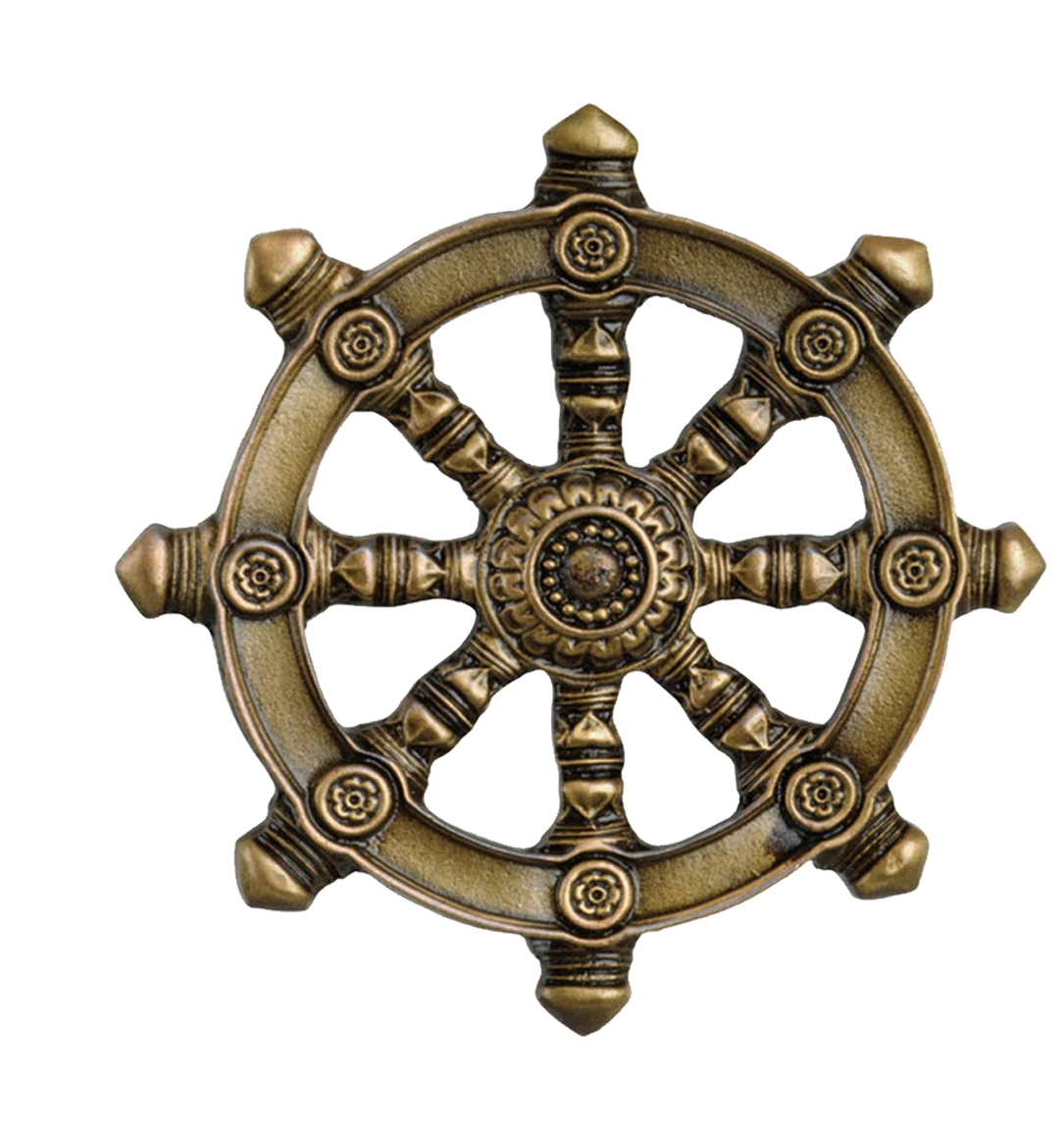
Buddhism’s Noble Eightfold Path symbolizes understanding, representing the path to enlightenment and attaining spiritual understanding in Buddhist philosophy. The Eightfold Path consists of eight practices, including right understanding, right intention, right speech, right action, right livelihood, right effort, right mindfulness, and right concentration.
The Eightfold Path guides Buddhist practitioners, providing a framework for spiritual development and the cultivation of wisdom and compassion. It emphasizes the importance of ethical conduct, mindfulness, and the pursuit of knowledge and understanding.
16. Christianity’s Golden Rule
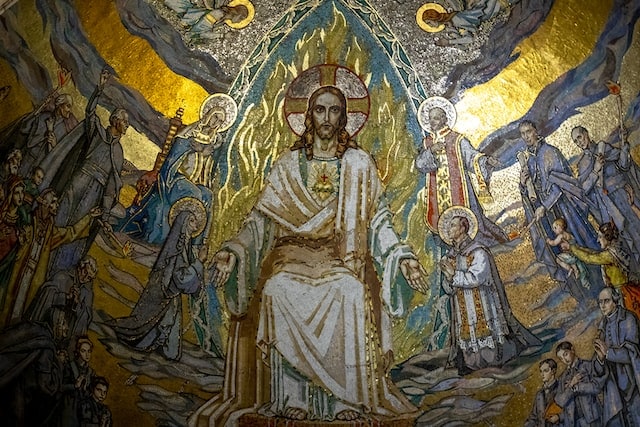
Christianity’s Golden Rule is a symbol of understanding, representing the importance of empathy and compassion in human relationships. The Golden Rule states, “Do unto others as you would have them do unto you”. It highlights the importance of treating others with kindness and respect.
The Golden Rule exists in various cultures and religions worldwide, including Hinduism, Confucianism, and Judaism. It represents a universal principle of human morality, emphasizing the importance of treating others as we want.
17. Islam’s Ijtihad

The word Ijtihad represents independent reasoning in Islam. It symbolizes understanding, representing the importance of critical thinking and independent reasoning in Islamic scholarship. Ijtihad uses reason and interpretation to derive legal rulings in Islamic jurisprudence.
The concept of Ijtihad emphasizes the importance of intellectual inquiry and the pursuit of knowledge and understanding in Islam. It encourages Muslims to think critically and apply their understanding of Islamic principles to contemporary issues and challenges.
The concept of Ijtihad has a long history in Islamic scholarship, dating back to the early days of the religion. It has been used to address various issues, from legal rulings to social and political challenges.
18. French’s Fraternité

French’s Fraternité represents the importance of brotherhood and solidarity in French society. It’s through this unity that understanding can be achieved.
Fraternité is one of the three pillars of the French national motto, along with Liberté (liberty) and Egalité (equality).
The concept of Fraternité has its roots in the French Revolution, which sought to establish a new social order based on the principles of liberty, equality, and fraternity.
It has been an important part of French national identity ever since, and it remains a symbol of the country’s commitment to social justice and human rights.
19. Unity candle

The Unity Candle represents the merging of two individuals and families into one united entity during a wedding ceremony. In this way, it represents understanding.
The candle represents the individual lives of the bride and groom, and the flames symbolize their love and commitment to each other.
The tradition of the Unity Candle originated in the United States in the mid-20th century, but similar traditions can be found in cultures worldwide. In some cultures, a unity candle is lit during religious ceremonies to symbolize divine presence and unity.
Wrapping Up
Symbols have the power to transcend language and cultural barriers, making them a universal tool for understanding.
By delving into the meanings behind these 19 symbols, we have gained a deeper appreciation for the complexity and richness of human thought and expression.
Whether using symbols to communicate with others or explore our inner worlds, we can harness their power to expand our understanding and connect with those around us.
Similar Articles:
19 Symbols of Nobility and What They Mean
Top 8 Symbols of Lust and What They Mean






